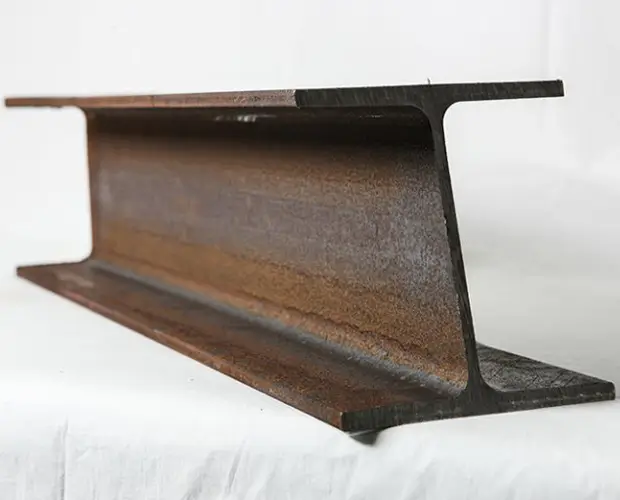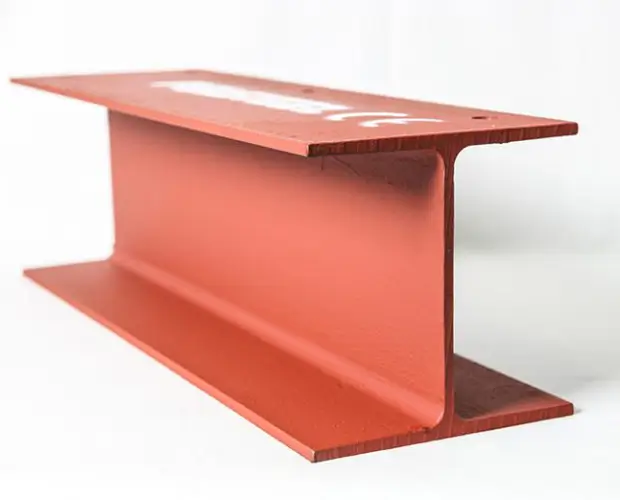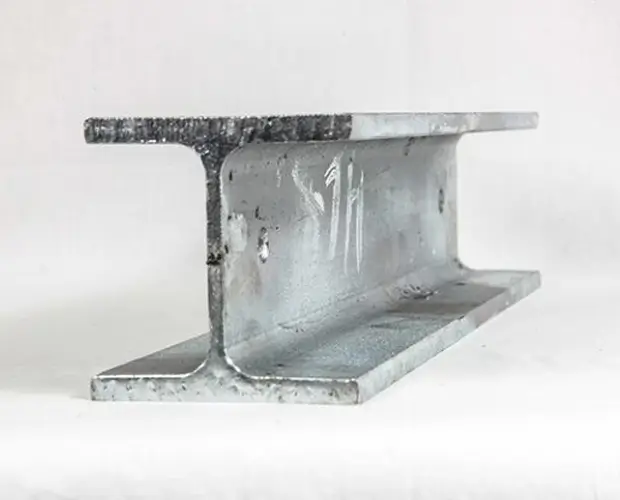Steel Finishes

RAW Steel Finishes
Raw Steel Finishes offer the basic, unprocessed form of steel that serves as a fundamental material in the construction industry. This versatile product is derived directly from iron ore and is highly valued for its strength and durability.
Steel is well known as an oxidising material, meaning quite simply that it can and will, eventually, rust. Rust is caused when iron and oxygen react together in the presence of water or moist air. Rusting is highly detrimental to the strength of steel, so for long-term structures, it is essential to find a solution to prevent rust from forming.

PRIMED Steel Finishes
Priming is a technique that involves applying zinc phosphate-rich paint to steel to create a corrosion-resistant coat.
Primed finishes and coatings can prevent the steel from rusting by interfering with the formation of anodes, typically seen as rust. When exposed to water, the paint’s compound breaks down into zinc ions (Zn2+) and phosphate ions (PO43-). The phosphate ions make the steel passive by reacting with it, while the zinc ions further inhibit corrosion. For effective protection, the paint should be applied at a thickness of 125 microns, which usually requires two layers. A roller can be used to apply the paint directly onto the steel. This method efficiently prevents rust, especially for indoor applications, but is less effective in harsh outdoor conditions.

GALVANISED Steel Finishes
Galvanizing is a popular and most expensive of our steel finishes, which entails coating steel with a layer of zinc. This is accomplished by immersing the steel in a bath of molten zinc. Upon cooling, a reaction occurs between the zinc and steel, forming zinc carbonate. This compound safeguards the steel through two primary mechanisms:
- Barrier Protection: The zinc coating serves as a physical barrier, preventing the base metal from coming into direct contact with atmospheric elements.
- Sacrificial Protection: Zinc possesses a higher electronegativity compared to steel, and as such, it corrodes preferentially, protecting the underlying steel.
Galvanizing is imperative in steel fabrication, particularly when the material is to be utilized in external environments or damp conditions, such as outdoor structures exposed to weather or within walls where moisture is prevalent. This finish is critical for enhancing the durability and corrosion resistance of steel.
Find out if Galvanised steel will rust in our blog post here


